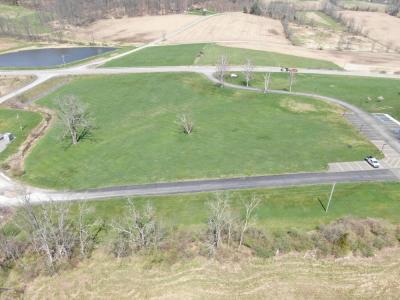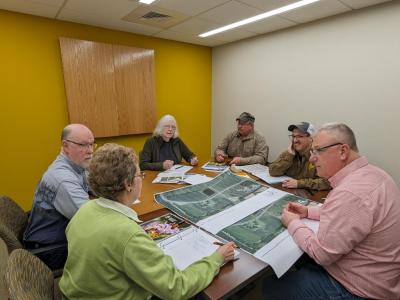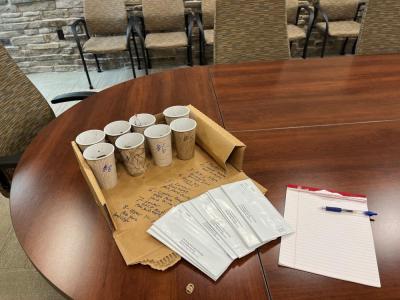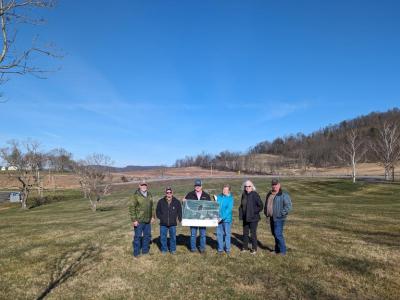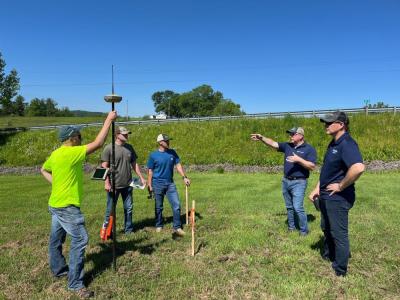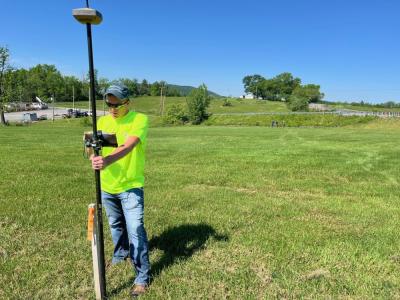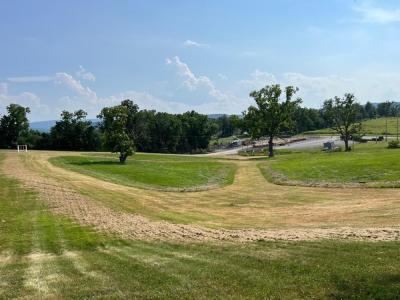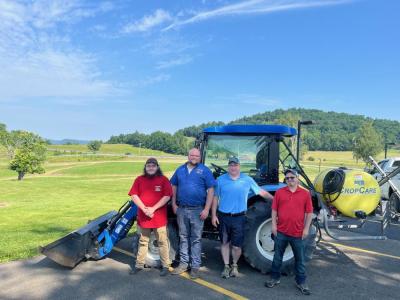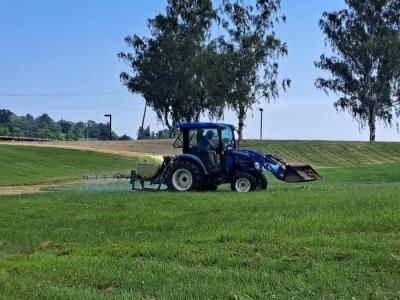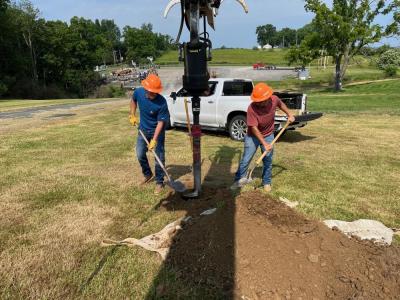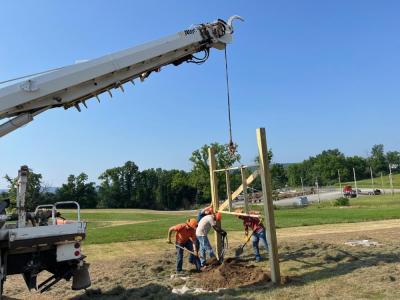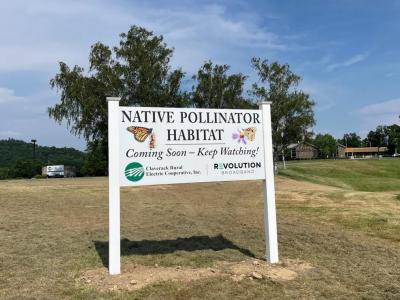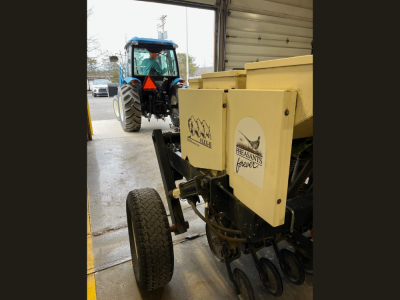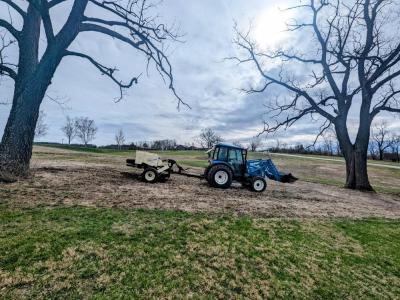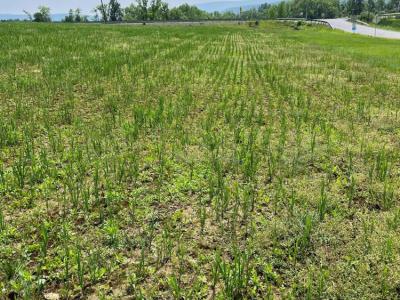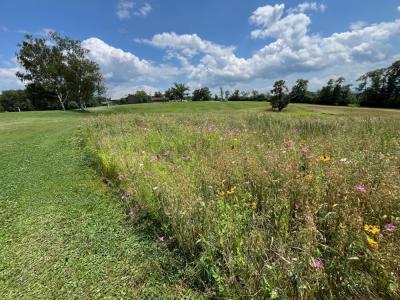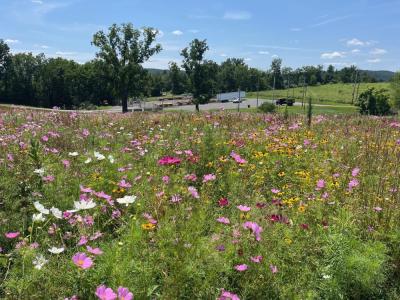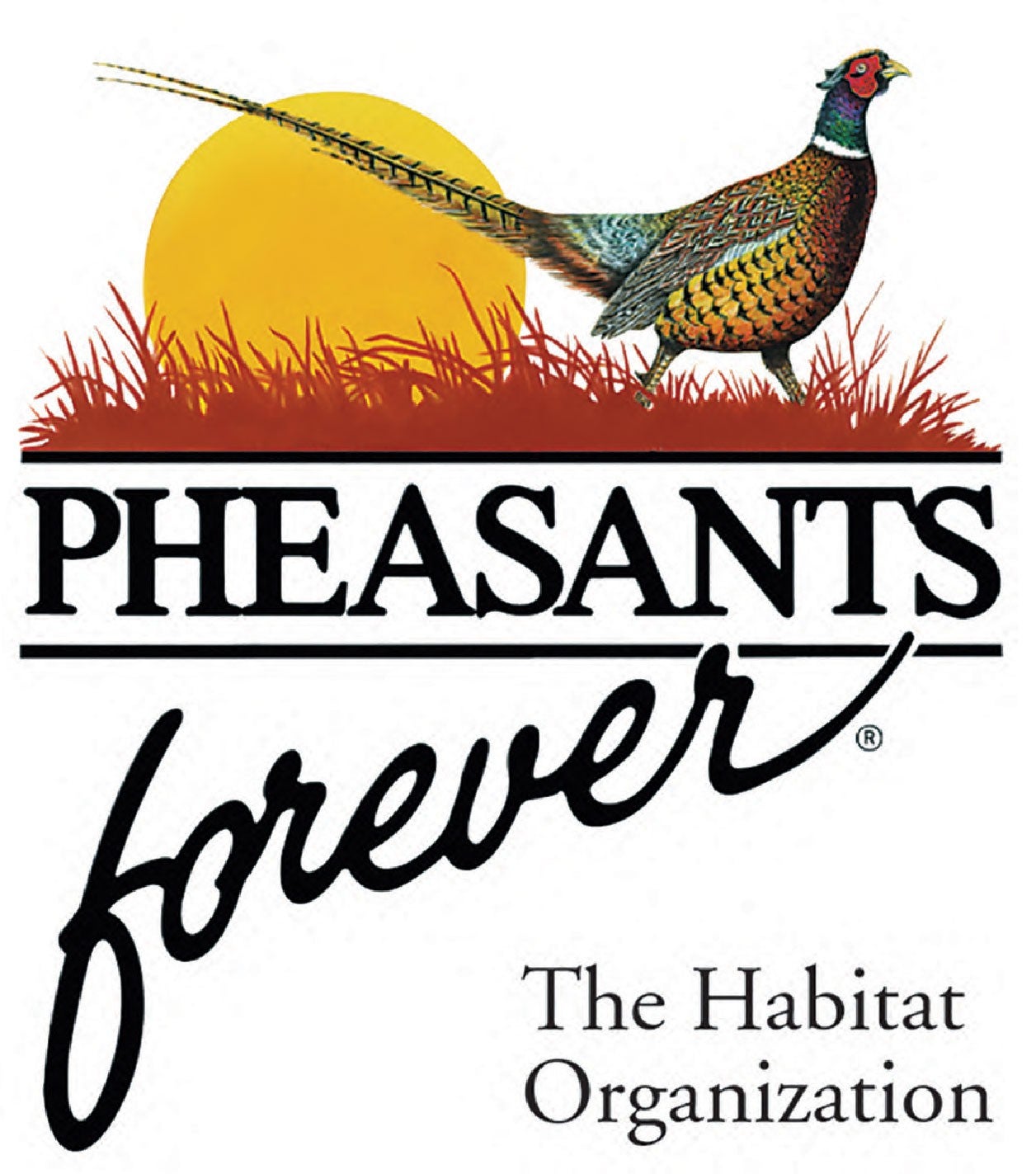Cultivating Life: Claverack's Native Pollinator Habitat Project
At Claverack Rural Electric Cooperative, our commitment extends beyond delivering reliable power; it encompasses the health and vitality of our local environment. We are thrilled to introduce our innovative Native Pollinator Habitat Project, a significant initiative transforming a portion of our headquarters' lawn in Wysox, Pennsylvania, into a vibrant ecosystem for essential pollinators.
Why Pollinators? Why Now?
Pollinators – including bees, butterflies, moths, beetles, flies, wasps, and even some birds – are the unsung heroes of our ecosystem. They are crucial for the reproduction of countless plants, including many of the fruits, vegetables, and nuts that make up our food supply. Unfortunately, pollinator populations are declining at an alarming rate. By creating this dedicated habitat, Claverack is directly contributing to:
- Biodiversity: Supporting a rich variety of plant and insect life.
- Ecosystem Health: Providing vital resources for pollinators to thrive, which in turn supports local agriculture and natural landscapes.
- Environmental Stewardship: Demonstrating our cooperative's dedication to sustainable practices and ecological responsibility.

Our Journey: Creating a Thriving Habitat
This ambitious project has involved careful planning and dedicated effort, transforming a traditional lawn into a flourishing natural space:
- Strategic Planning: We began with detailed meetings and site evaluations, including soil sampling, to determine the ideal native seed mixes for our specific environment.
- Thoughtful Design: A dedicated design team, including Claverack employees, meticulously mapped out planting areas. Considerations included slope, visibility, and aesthetics to ensure a beautiful and functional habitat.
- Site Preparation: We carefully prepared the site by mowing borders and access paths, then applied herbicide to ensure the native plants could establish without competition from existing grasses. Informative signs were also installed to welcome visitors and explain the project's purpose.
- Planting for the Future: In April 2025, we proudly partnered with Pheasants Forever to sow a diverse mix of native seeds using a specialized tractor and no-till grain drill. Oats were used as a "nurse crop" to help distribute the seeds and provide initial cover.
Looking Ahead
We are excited to watch this habitat mature and flourish over the coming years, growing into a dynamic and beautiful home for a multitude of pollinators. This project is a testament to the power of collaboration, working alongside valuable partners such as expert consultants, the Bradford County Conservation District, Ernst Seeds, and Pheasants Forever.
We invite you to visit our headquarters in Wysox to see the progress of our Native Pollinator Habitat Project firsthand. Stay tuned to this page for ongoing updates, articles, and new photos detailing the growth and evolution of this vital environmental initiative!
Our Valued Partners & Sponsors
This vital environmental initiative would not be possible without the incredible support and expertise of our dedicated partners and sponsors. We extend our sincere gratitude to them. Their commitment to environmental stewardship is truly inspiring, and we are proud to work alongside them to enhance our local ecosystem.


In the News: Additional Reading
Interested in learning more about the Claverack Native Pollinator Habitat Project? Explore these articles from various publications that highlight our efforts and the importance of pollinator conservation:
- Pollinator Habitats in Utility Rights of Way, Penn Lines
- Pollinator Habitats in Utility Rights of Way, Pennsylvania Forests
- Why Green Isn't Always Good
- The Power and Process of Planning
- Pick the Right Partner
- What is a Pollinator?
- An Invitation to Visit
- The Utility Right-of-Way
- Unexpected Challenges and Sharing Information


